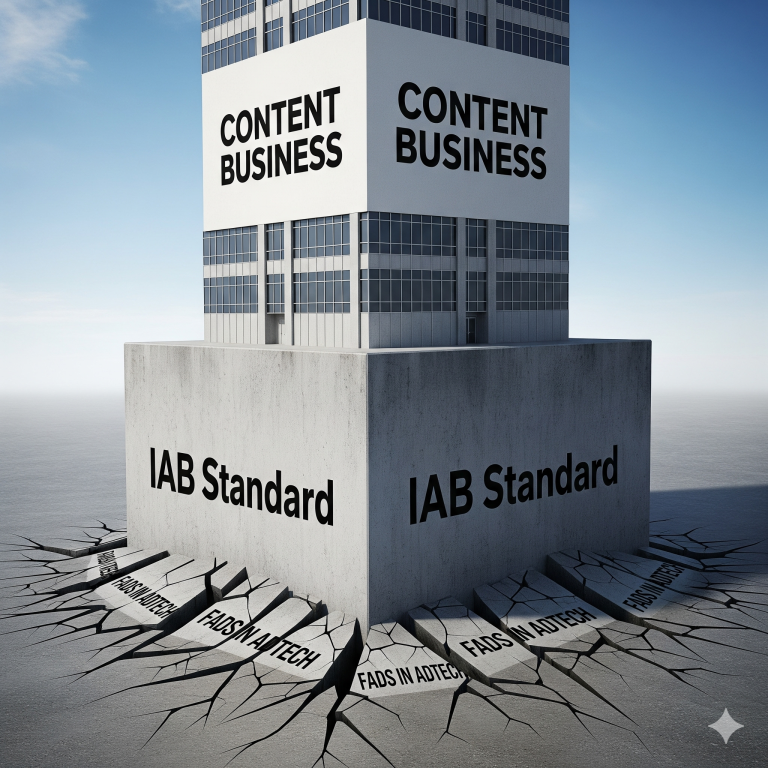The Benefits of Header Bidding
Discover the advantages of implementing header bidding and how it can outperform Google AdSense.
February 26th, 2025
Discover the advantages of implementing header bidding and how it can outperform Google AdSense.
Understanding Header Bidding
Header bidding is an advanced advertising technique that allows publishers to offer their ad inventory to multiple ad exchanges simultaneously, before making a call to Google AdSense. This process helps publishers achieve higher fill rates and increased competition among advertisers, resulting in better revenue opportunities.
With header bidding, publishers can bypass the traditional waterfall model, where Google AdSense is given the first opportunity to bid on the ad space. Instead, multiple demand sources, including ad networks, DSPs, and exchanges, can participate in real-time auctions, increasing the chances of higher bids and better overall revenue.
By understanding header bidding and its mechanics, publishers can take advantage of this innovative technology to maximize their ad revenue and optimize their monetization strategies.
Increased Revenue and Fill Rates
One of the primary benefits of header bidding is the potential to significantly increase revenue and fill rates. By allowing multiple demand sources to compete simultaneously, publishers can attract higher bids and increase their chances of selling their ad inventory at the best possible price.
In traditional ad serving, Google AdSense is given the first opportunity to bid on the ad space. If AdSense fails to deliver a high-paying ad, the ad request is passed down the waterfall to other ad networks, resulting in lower fill rates and missed revenue opportunities.
Header bidding eliminates this waterfall model and gives all demand sources an equal chance to bid on the ad space. This increased competition leads to higher fill rates and better revenue potential for publishers.
By implementing header bidding, publishers can unlock the full value of their ad inventory and achieve higher revenue and fill rates compared to relying solely on Google AdSense.
Enhanced User Experience
Another significant advantage of header bidding is the enhanced user experience it offers. With traditional ad serving, the ad request is passed down the waterfall, resulting in delays and slower page loading times. This can negatively impact the user experience and lead to higher bounce rates.
In contrast, header bidding allows all demand sources to bid simultaneously, reducing latency and improving the overall page load speed. This means ads are served faster, resulting in a smoother and more seamless user experience.
By implementing header bidding, publishers can ensure that their website visitors have a positive experience while viewing ads, leading to higher engagement and increased user satisfaction.
Improved Ad Targeting
Header bidding provides publishers with access to a wider range of demand sources, including premium advertisers and ad networks. This increased variety of demand partners allows for improved ad targeting capabilities.
With header bidding, publishers can leverage the data and insights from multiple demand sources to deliver more relevant and personalized ads to their audience. By partnering with premium advertisers, publishers can access high-quality ad campaigns that are better aligned with their audience’s interests and preferences.
Improved ad targeting not only enhances the user experience but also increases the chances of higher click-through rates and conversions, leading to improved ad performance and revenue for publishers.
Access to Premium Advertisers
One of the unique advantages of header bidding is the ability to access premium advertisers and ad networks that may not be available through Google AdSense alone.
By implementing header bidding, publishers can connect with multiple demand sources, including premium ad networks and direct advertisers. This opens up new opportunities for publishers to monetize their ad inventory with high-quality, premium ads.
Access to premium advertisers not only increases the chances of securing higher-paying ads but also allows publishers to diversify their ad revenue streams and reduce reliance on a single ad network like Google AdSense.
By expanding their demand partnerships through header bidding, publishers can tap into a broader range of advertisers and maximize their revenue potential.
Related Blogs

What “IAB Standard Banners” Look Like on a Modern Website
August 27th, 2025 by Doug Bishop
In the evolving landscape of digital publishing, display advertising remains a vital revenue stream. However, the way ads are presented and filled has transformed over the past decade. It is essential for publishers to grasp the significance of iab standard banners, recognize their presence on websites, and understand their impact on monthly earnings. The Basics: […]
Read More
Google Search Console Tutorial: Checking for CWV Errors
August 26th, 2025 by Doug Bishop
As a website owner, keeping an eye on your site’s performance is crucial for both user experience and search engine optimization (SEO). Google’s Core Web Vitals (CWV) are an important set of metrics that measure real-world user experience for loading performance, interactivity, and visual stability. CWV errors can negatively impact your search rankings, so it’s […]
Read More
How Core Web Vitals Became Central to Search Rankings
August 25th, 2025 by Doug Bishop
Google’s Helpful Content Update in 2023 first exposed a painful truth for publishers: visitor experience metrics are now revenue metrics. In 2025, that reality has hardened. Core Web Vitals — Cumulative Layout Shift (CLS), Interaction to Next Paint (INP), and Largest Contentful Paint (LCP) — have become the silent killers of search visibility, draining traffic […]
Read More